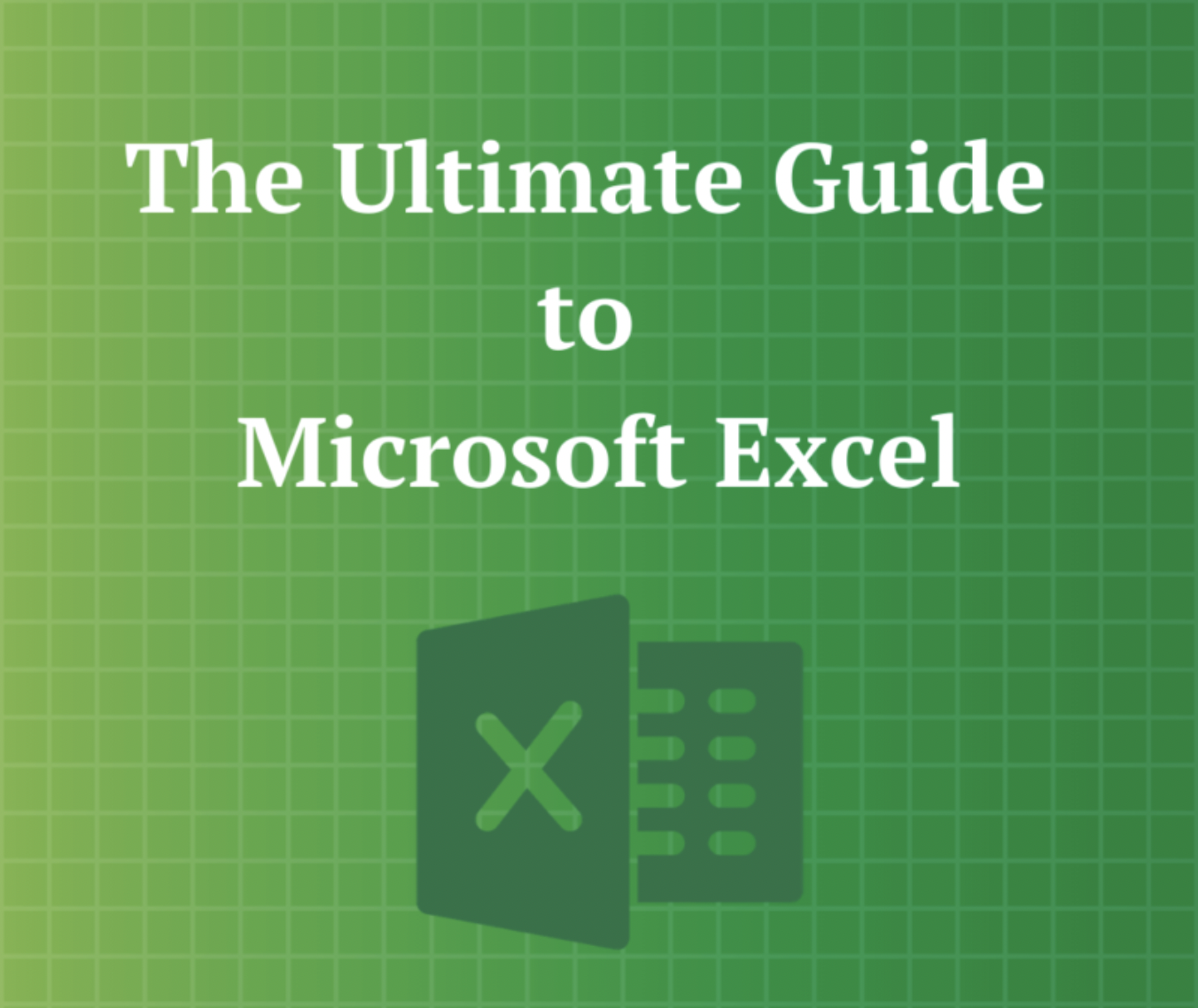
Nowadays, being familiar with Microsoft Excel is so in the cards that it hardly summons a line on our resumes. But, let’s be really truthful with each other here: How well do we really know how to avail oneself of? Those days are Gone when bursar could be all dependent on their gut for important business conclusions .Likely, you have already been assigned with recognizing trends within customer survey results,carrying out content topic examinations, or pulling in sales data to compute remit on backing.If we take a look ,these all require a bit more Excel mastery than what we have learned in grade school.You will be able to create beautiful charts, understand what pivot tables are, or get done with your very first VLOOKUP, this guide will get you through everything.
So, let’s take you through each and every basic and important points of microsoft excel.The given below points will make microsoft excel more easy and creative for you:
- What is Microsoft Excel
- Inserting Rows and Columns
- Autofills
- Filters
- Pivot Table
- Excel Formulas
- Data Visualization
Easy Navigation
What is Microsoft Excel?
a software scheme made by Microsoft that utilizes spreadsheets to arrange numbers and data with statics and purpose. Microsoft Excel Certification Course examinations are all over the place around the world and used by businesses of all sizes to carry out financial analysis.Excel is basically used to arrange data and execute financial analysis. It is utilized everywhere across all business functions and at companies from startups to vast companies.
The main utilization of Excel consist of:
- Data management
- Data Entry
- Accounting
- Financial Analysis
- Time Management
- Task management
- Charting and Graphing
- Programming
Basically, almost everything that needs to be organized in a systematic way.
Inserting Rows and Columns
As you work around with your data, you may find you’re constantly required to add more rows and columns. Sometimes, you may even need to add tons of rows. Doing it one-by-one will be super tiring. Fortunately, there’s always a straightforward path.To add hundreds of rows or columns in a spreadsheet, highlight the same number of anterior rows or columns that you want to append. After that, right click and select “Insert.”
3.Autofills
Till now you should have the fundamental Excel knowledge,most probably you already know this trick by Sprintzeal. But to cover our bases, I’ll show you the magic of Autofill. This lets you quickly fill conjoining dungeons with enormous types of data, including series and techniques.There are various strategies to deploy this feature, but the fill handle is quite easy. Select the dungeon you want to be the etymology , locate the fill handle in the lower-right corner of the cell, and just double click or you can also drag files to the cover cell you want.
4.Filters
When you’re looking at very huge data sets, you don’t usually require looking at every single row at the same given time.Fewer times, you only want to look at data that adjust into specific standards. That’s where filters play the game.Filters permit you to peel down your data to only look at specific rows at one time. In Excel, a filter can be added to each and every column in your data. From there, you can then select which dungeon you need to view at once.
Pivot Table
Pivot tables are utilized to know data in a spreadsheet. They won’t reorganize the data that are already present but they can add up values and differentiate different documents in your spreadsheet depending on the way you do.To make the Pivot Table, go to Data > Pivot Table. Excel will automatically populate your Pivot Table, but you can anytime redo the order of the data. Then, you will have four more options to choose from.
Excel Formulas
To this point, you must have fully familiarized yourself with Excel’s ally and are already flying around your spreadsheets faster than Tinkerbell. Let’s get into the depth of using cases for the software, Excel formulas. Excel can help you do easy and simple mathematics like adding, multiplying,subtracting, or dividing any data of yours.
- use the sign “ +” to add
- To subtract use the sign “ -”
- use the sign “ * ” to multiply
- use the sign “ / ” to divide
- For using exponents, use the sign “^”
Data Visualization
Now that you’ve totally mastered the art of all of those formulas and techniques, let’s end it by making a visual representation of your examination. With the help of an over the top graph, your onlookers will be able to correlate and hold on to the content more productively. You never know you might find just the edge to persuade your boss to embrace incoming marketing or give you an extra gold of budget.
So,this is the end of our step by step guide to Microsoft Excel and how much it is useful in your life.I hope you got your doubts cleared in this article given by us. Now get on with your work and make creative with Microsoft Excel.